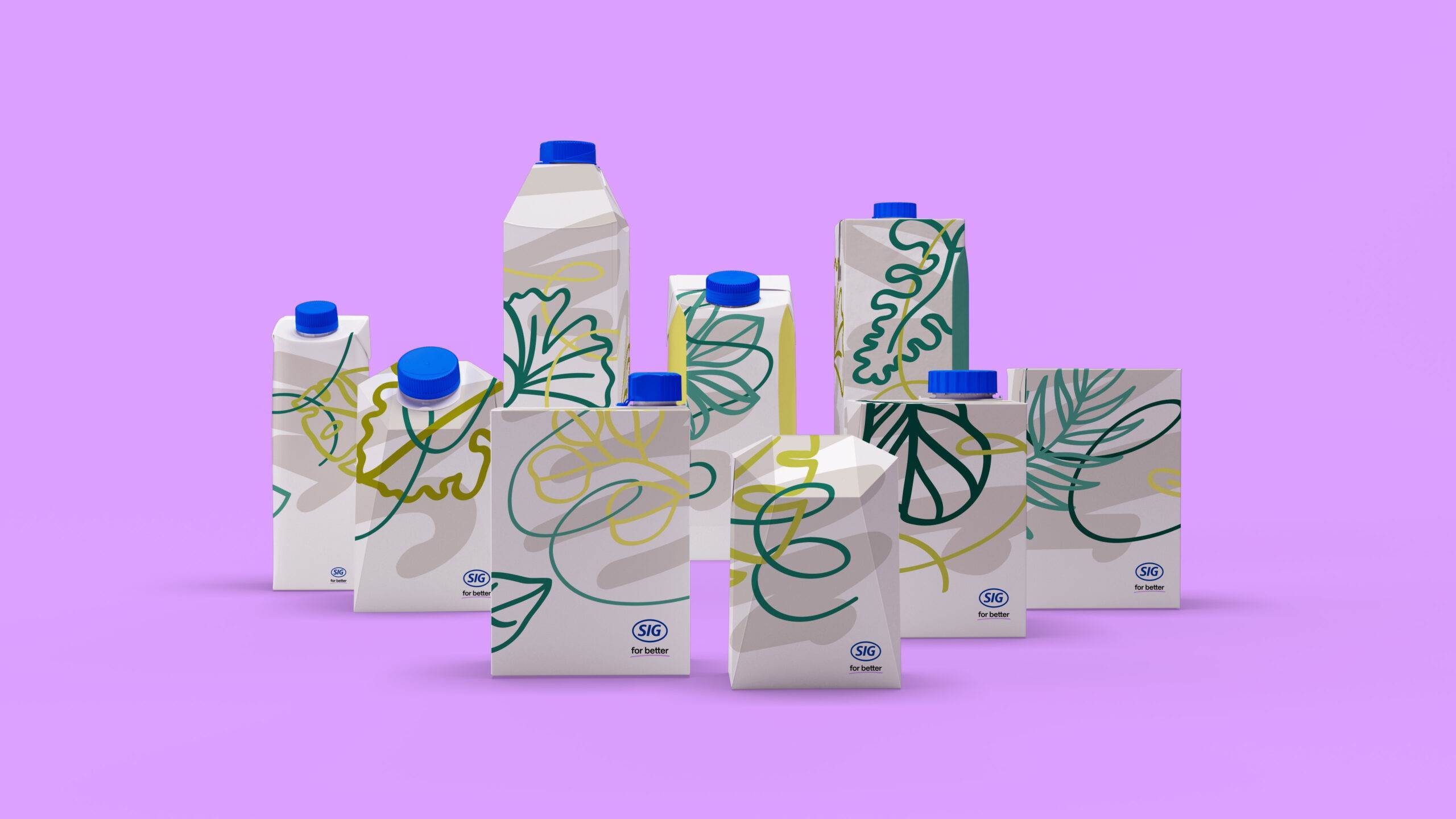Various packaging trends for industry advancements
Packaging companies and start-ups are focusing on biodegradable, recyclable, and edible packaging, and using nanotechnology to create unique packaging materials. Vandana Tandan of SIG, demystifies packaging trends for marketing which will shape the industry
20 Jul 2023 | By Vandana Tandan
In the same way, the deployment of 3D printing and robotic packaging simplifies packaging processes and reduces costs for consumer companies. Smart, connected, and interactive packaging utilises QR codes, which are easily read by digital devices and contain product information. It also incorporates RFID tags, augmented reality (AR), and the Internet of Things (IoT). The IoT can have food spoilage detection sensors to enable consumers to know about the quality of the food.
Interactive packaging, which provides an engaging experience, too is gaining the mindshare of the packaging industry. It can include AR packaging that allows customers to scan a package with their smartphone to access additional information or product demos. The AR can also include packaging that incorporates QR codes or NFC tags to unlock exclusive content or promotions.
Increasing consumer awareness about the quality, safety, and health of the environment, especially after the Covid, has pushed packaging companies to use biodegradable and recyclable materials instead of traditional plastic to reduce carbon dioxide emissions in the environment. Hence, there is greater use of hemp, resins and biodegradable polylactic acid, and reduced use of aluminium foils in carton packaging.
The challenges of traditional printing on packages like accuracy, low colour quality and high labour costs have been resolved through digital printing. It also limits the impact on the environment because it eliminates the pre-press procedures and additional labelling. It also reduces lead time to market by eliminating the need for traditional printing plates and setup processes. Digital printing allows for faster turnaround times, shorter production cycles, and on-demand printing, enabling businesses to bring their products to market more quickly and efficiently.
Artificial intelligence-enabled robots are now carrying out the monotonous packaging processes of picking, placing, palletising, and inspecting goods. This automation of packaging is also disrupting the industry. Moreover, the food, beverage, cosmetics, and pharmaceutical industries are also incorporating active packaging, which employs technology to stop the degradation of food and thereby, increase the shelf life of the products. 3D printing, and customised packaging enable brands to stand out and attract more consumers.

Another major trend in the packaging industry is personalisation. With the rise of eCommerce and D2C sales, companies are looking for ways to create a more personal and engaging experience for their customers. Personalisation allows companies to tailor their packaging to the specific needs and preferences of individual customers. It can lead to more customised packaging. Also, designs that reflect a customer's style personalised messages or promotions that are printed directly onto the packaging itself. Personalised packaging can be a way to create a connection with consumers and increase brand loyalty.
Minimalist packaging is also becoming increasingly popular in the packaging industry. Consumers are looking for products with minimal packaging that generates less waste and has a smaller environmental impact. From a marketing perspective, minimalist packaging can be a way to communicate the simplicity and purity of a product. Minimalist packaging can also create a sense of sophistication that appeals to consumers looking for a more high-end experience.
Finally, influencer marketing is another trend that is starting to gain traction in the packaging industry. Influencer marketing involves partnering with social media influencers who have a large following to promote your product or brand. In the packaging industry, this might involve sending products to influencers for them to display on their social media channels or partnering with influencers to create sponsored content that highlights your packaging in a positive light. Influencer marketing can be an effective way to reach a wider audience and create a buzz around your brand.
Thus, from sustainability and personalisation to interactive packaging and minimalist design, these marketing trends are shaping the future of the packaging industry and will play a crucial role in the future success of companies.












 See All
See All